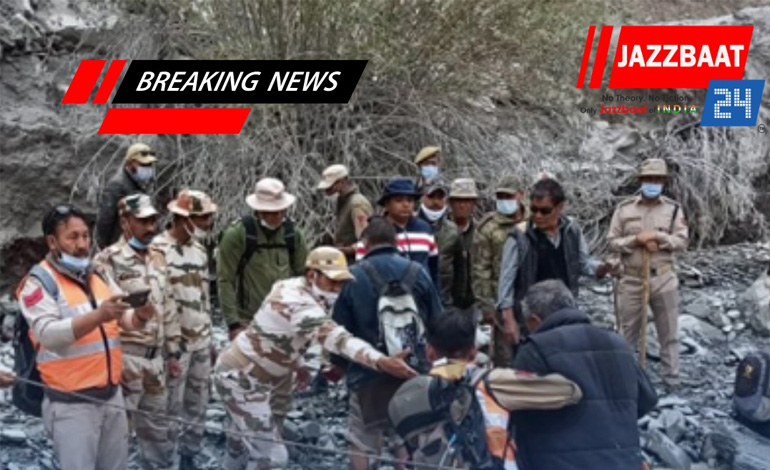Flash floods have wreaked havoc on the picturesque region of Ladakh, cutting off three villages near the Line of Control (LoC) and disrupting the lives of the residents.

Introduction:
Flash floods have wreaked havoc on the picturesque region of Ladakh, cutting off three villages near the Line of Control (LoC) and disrupting the lives of the residents. This natural disaster has necessitated the immediate intervention of the Indian Army to provide relief and restore connectivity. In this blog, we will delve into the recent flash floods in Ladakh, their impact on the affected villages, and the tireless efforts of the army in responding to this crisis.
Flash Floods Devastate Ladakh Villages:
In a sudden turn of events, three villages in Ladakh, namely Chushul, Dungti, and Tsaga, found themselves isolated from the rest of the region due to flash floods triggered by heavy rainfall. The incessant downpour caused water levels to rise rapidly, leading to landslides and damaging vital roads and bridges. As a result, the residents of these villages were left stranded, cut off from essential services and supplies.
Army to the Rescue:
In times of crisis, the Indian Army has consistently proven its dedication to safeguarding the lives and well-being of citizens. True to form, the army swiftly swung into action upon receiving news of the flash floods. Troops from the nearby military installations were mobilized to provide immediate assistance to the affected villages. Their primary objectives were to establish temporary relief camps, evacuate stranded residents, and restore connectivity.
Restoring Connectivity and Essential Services:
The army's first step was to establish temporary relief camps in the vicinity of the affected villages. These camps provided shelter, food, and medical aid to the affected villagers. Meanwhile, specialized teams from the army's engineering units worked tirelessly to restore the damaged roads and bridges, making them passable once again. Heavy machinery and equipment were deployed to clear debris, construct temporary bypasses, and ensure the uninterrupted flow of supplies.
Evacuation and Medical Support:
The safe evacuation of stranded villagers was of paramount importance. The army, with its expertise in disaster response, organized and executed evacuation plans swiftly and efficiently. Helicopters were deployed to airlift residents from inaccessible areas to safer locations. Furthermore, medical teams accompanied the evacuation efforts to provide necessary healthcare services to those in need, ensuring their well-being throughout the process.
Collaborative Efforts:
The crisis in Ladakh called for collaborative efforts between the army, local administration, and various other government agencies. The administration coordinated with the army, providing them with real-time information about the affected areas and assisting in logistical arrangements. Additionally, the involvement of local volunteers and NGOs in relief efforts showcased the collective spirit of the community in times of adversity.
Conclusion:
The recent flash floods in Ladakh have highlighted the vulnerability of the region to sudden natural calamities. However, the prompt response of the Indian Army in mobilizing resources, providing relief, and restoring connectivity has been commendable. The dedication and selflessness of the troops exemplify their commitment to serving the nation and its citizens. As the affected villages slowly recover from this disaster, it serves as a reminder of the resilience and strength exhibited by the people of Ladakh in the face of adversity.